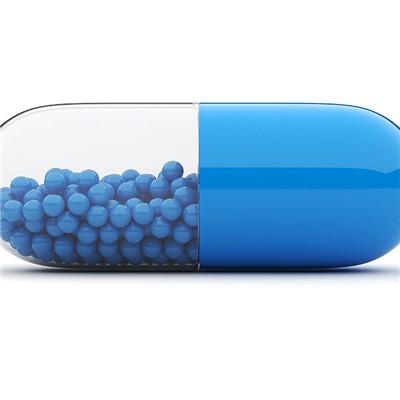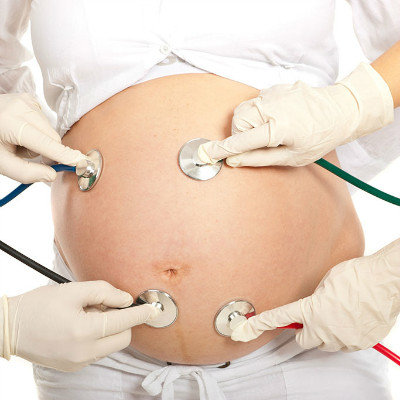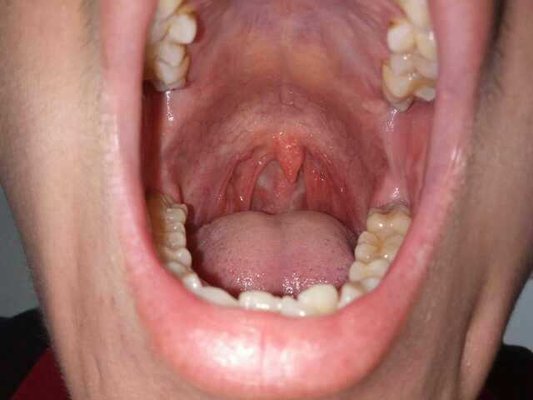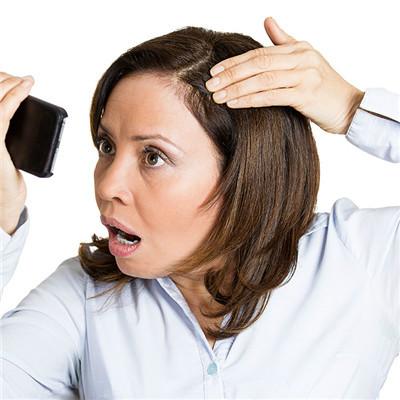What symptom does mammary hyperplasia have? Is unmarried different from married?
summary
Hyperplasia of mammary gland is hyperplasia of mammary gland, which refers to hyperplasia of mammary epithelial and fibrous tissue, degeneration of mammary duct and lobule in structure and growth of progressive connective tissue. Its pathogenesis is mainly due to endocrine hormone imbalance. Hyperplasia of mammary glands is the most common breast disease in women, and its incidence rate is the first place in breast diseases. In recent years, the incidence rate of the disease has been increasing year by year, and the age is getting younger and younger. According to the survey, about 70% - 80% of the women have different degrees of breast hyperplasia, which is more common in women aged 25-45.
What symptom does mammary hyperplasia have? Is unmarried different from married?
Symptom 1: there are different characteristics in different age groups. The main symptoms of unmarried women, married women without childbearing and breast-feeding women are breast swelling and pain, which can affect both sides at the same time, but most of them are on one side. Before menstruation, the breast distending pain is obvious. After menstruation, it is relieved and stops gradually. Before the next menstruation, the pain reappears again. The whole breast has diffuse nodular feeling, accompanied by tenderness.

Symptom 2: the main symptoms of women after 35 years old are breast lumps, breast pain and tenderness are mild, and have nothing to do with the menstrual cycle. If you touch the breast with your hand, you can feel soft nodules of different sizes, oblate or irregular shapes, with unclear boundaries and no adhesion with the skin and deep tissues, which can be pushed.

Symptom 3: after 45 years old, it is often manifested as single or multiple scattered cystic masses with clear boundary, accompanied by dull pain, distending pain or burning sensation. In postmenopausal women, mammary gland atrophy, cystic lesions are more prominent. There was no correlation between the severity of breast pain and the presence and range of nodules. The pain could be released to the armpit, shoulder and back. A few patients may have nipple discharge.

matters needing attention
As the cause of the disease comes from the endocrine dysfunction of the body, in addition to the symptoms of breast, irregular menstruation, bad temper, anxiety, anger and sweating can also appear.














